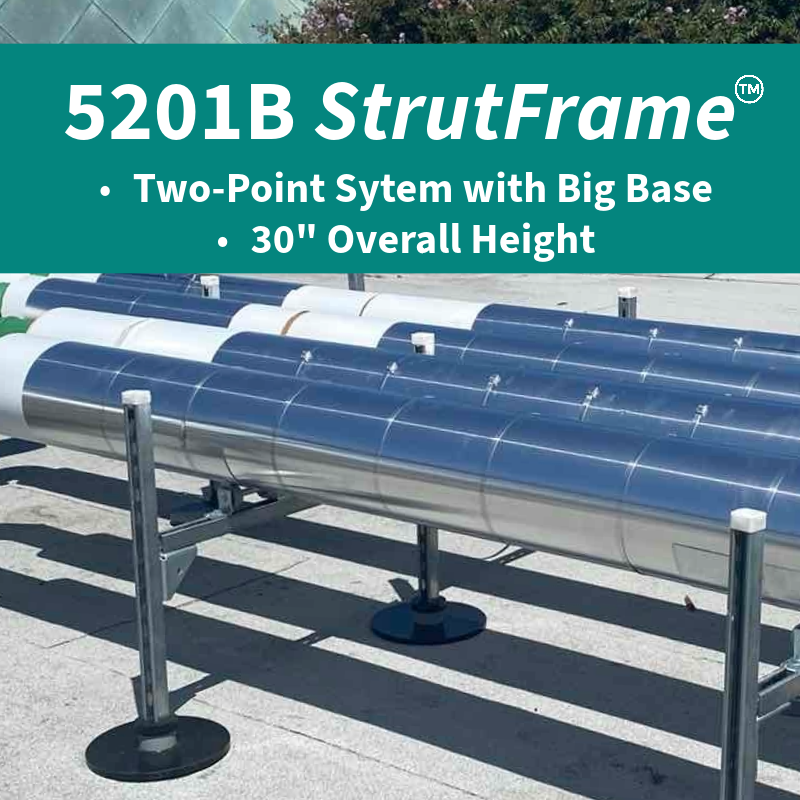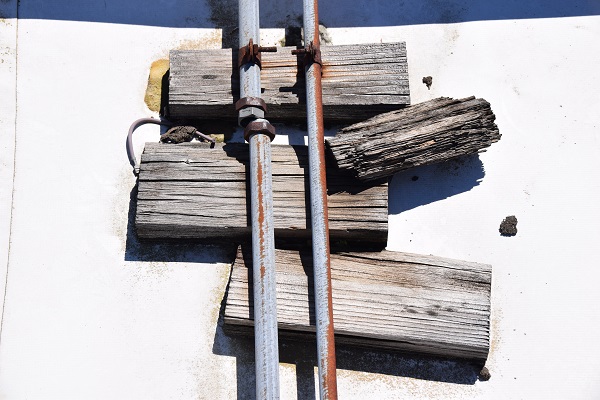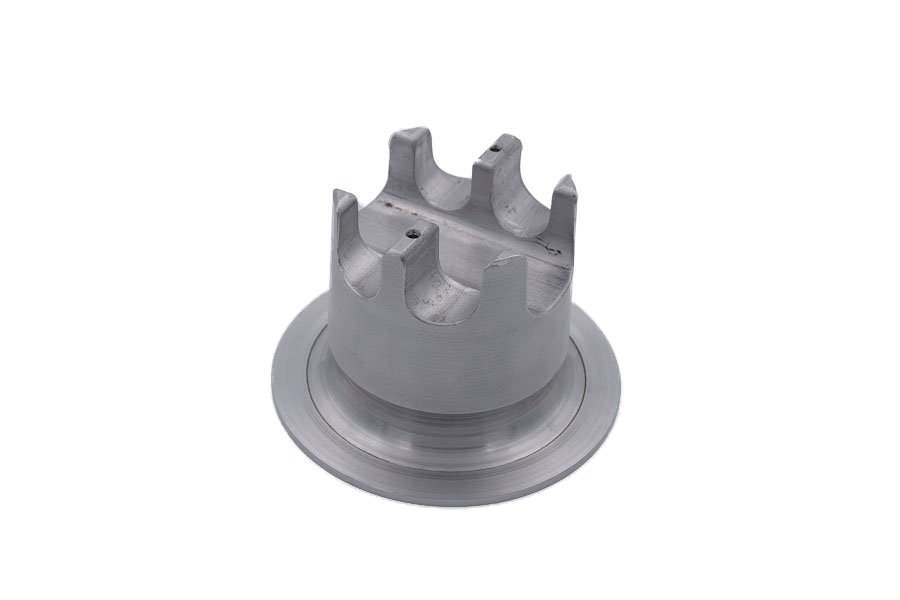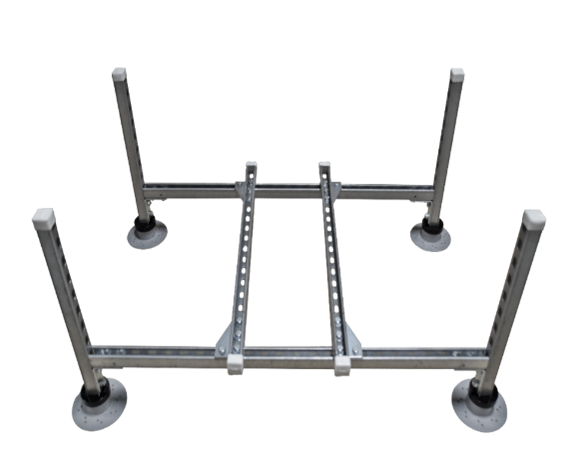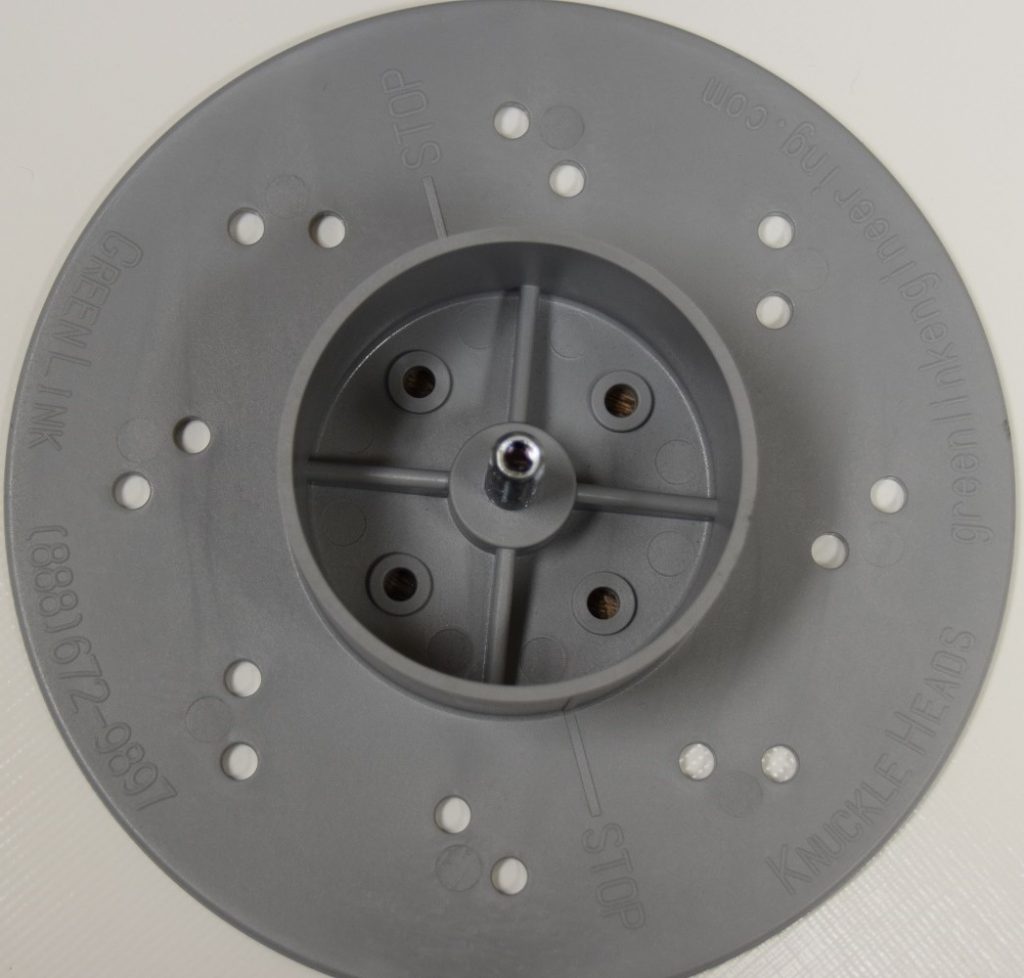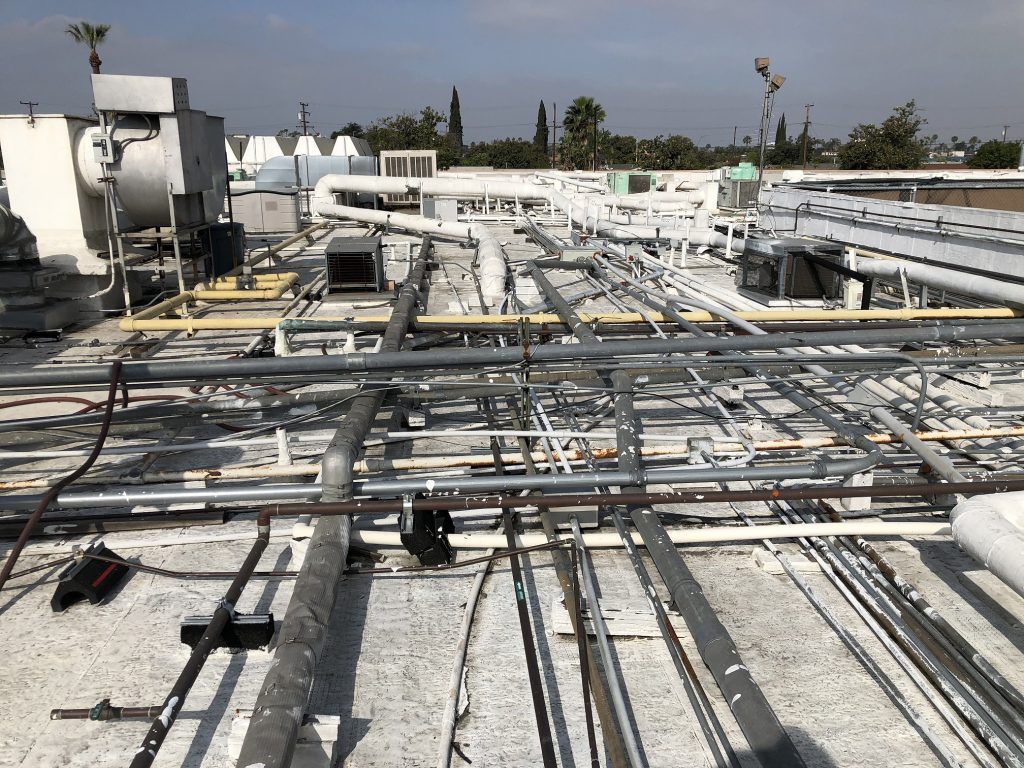Knuckleheads
StrutFrame™ Duct and Pipe Supports: A Rooftop Installation Game-Changer
Ductwork and pipelines are like the nervous system of the building: sending essential HVAC, plumbing, electrical, and specialty services racing through the building to answer the demands of the occupants. Without adequate support, the system may start to sag, misalign, point load, or suffer a total system failure leading to costly repairs, hazards, and an…
Read MoreEnhancing Project Integrity with Green Link, Inc.’s KnuckleHead Pipe Supports
Green Link, Inc.’s KnuckleHead Pipe Supports can be used to properly support pipes and manage cables in HVAC installations.
Read MorePROTECTING YOUR ROOF, YOUR EQUIPMENT, AND YOUR INVESTMENT
Published in the 2023 AHR Tradeshow Journal on 2/7/23 Did you know that brand new HVAC/R equipment all over the world is being supported by blocks of wood (and other makeshift supports) that will rot and warp over the years, potentially damaging expensive equipment and roofs? Green Link engineers are determined to change this by…
Read MoreThe toxic top: The environmental and structural risks of treated lumber supports on rooftops.
The market has been shifting away from treated wood blocks for rooftop support of pipes, HVAC equipment, and ductwork, etc., largely because they are subject to biodegradation—in other words, rot. When the sleepers deteriorate, they cause pipe sag and unbalanced HVAC equipment which shortens operational life. But there are other issues—critical ones—for moving toward other…
Read MoreThe origin of the KnuckleHead Name
The first KnuckleHead At the turn of the century, it became evident that woodblocks, bricks and other improvised supports for rooftop equipment were no longer sustainable. The first engineered support system was designed by Dr. Tibor Keller, a master machinist. This component was capable of lifting and holding light pipes such as conduit, gas pipes…
Read MoreTall VRFs/Mini-Splits: Blowing in the Wind? Here’s an Answer.
Mini splits are becoming increasingly popular on commercial buildings as well as residential housing. Usually, they can be mounted on any number of support systems, but the taller, narrower profile of the larger units creates a level of vulnerability. In windy conditions, it can tip over, even if mounted. The greater surface area of the…
Read MoreSecuring HVAC Equipment on Mod-Bit Roofs without Mechanical Fastening
Modified bitumen roofs continue to maintain a significant share of the domestic market. Mod bit is often described as “rubberized” asphalt, meaning it consists of asphalt and a polystyrene or polypropylene polymer infused into a reinforcing fabric. It is applied in 4’ squares as a two-ply system: first a base sheet, then a top sheet…
Read MoreCase Study: A Public School in Michigan
Clearing the Way for Coating A public school roof in central Michigan, was scheduled to be resealed with a liquid applied coating. Two adjacent roof sections were involved separated by a parapet wall over which line sets needed to pass. Prior to coating five mini splits using 4”X 6” wood sleepers were mechanically fastened to…
Read MoreRough-Ride for Roof Mounted Equipment
Field reports from HVAC and roofing contractors indicate an increasing issue relating to the stability of rooftop equipment installations. Earthquakes at 6.4 magnitude in January ran through the Caribbean wreaking havoc with the electrical grid and power lines, not to mention rooftop-mounted equipment. Elsewhere, high winds and violent storms have caused the same. As the…
Read MoreAttachment: The KnuckleHead Base and the Rooftop “Junkyard.”
In a perfect world, low-slope roofs would have nothing on them. This was the opinion of the NRCA in 1990. Since then, the proliferation of rooftop equipment and utility lines such as gas pipes and conduit is seen everywhere on low slope roofs. Different trades install layer upon layer of equipment, sometimes with little thought…
Read More
